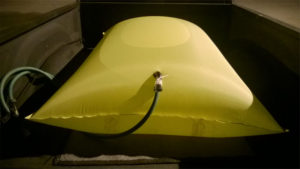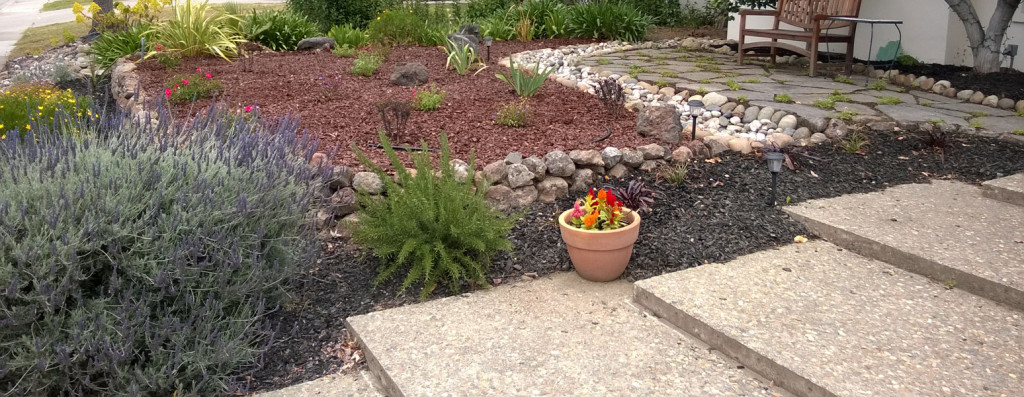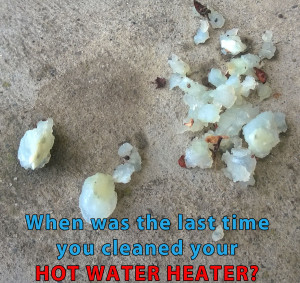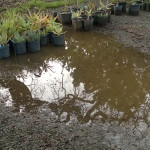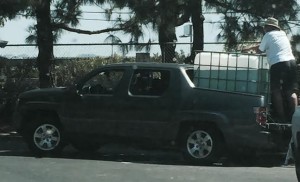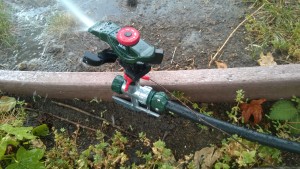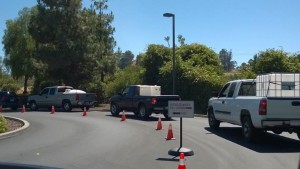Its been 186 days since the last time I hauled recycled water. 6 months, 4 days. November 10th, 2015 was the date.
It had just rained a half an inch the day before last November and that is when I realized hauling water wasn’t going to be needed for my drought tolerant front yard. Besides, I was mostly hauling water at this point to keep my neighbors front yard alive. It worked, their grass was a green as could be but winter rains was what it really needed (and a fair amount of grass seed).
I hauled 17,540 gallons in 2015, 119 trips. I keep a track of every load I take home in an excel spreadsheet I keep on the home screen of my phone. Today, I broke the 20,000 gallon mark.

